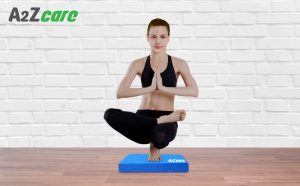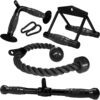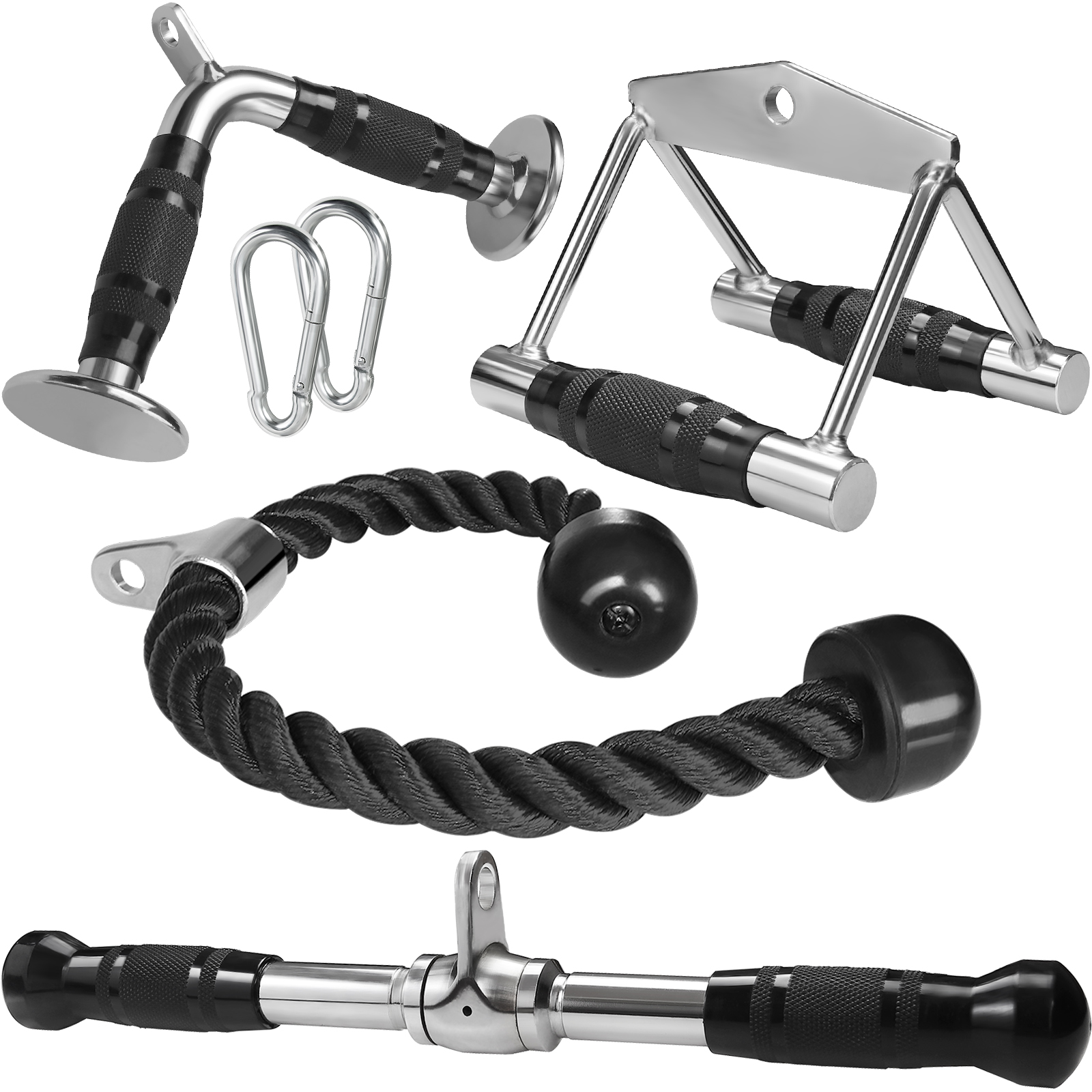Fitness Motivation Secrets That Actually Work

Low energy. Busy schedules. Oversized expectations. These are just some of the common barriers (or excuses) that can come between you and your fitness goals. Despite knowing that regular exercise can lower blood pressure, reduce risk of cardiovascular disease, and help maintain a healthy weight, sometimes actually, well, moving is simply easier said than done.
Here, 11 motivation secrets from wellness pros and the latest health research to get you to finally stop thinking about that run, and actually doing it.

Those five-year-old running shoes not only look like they’ve seen better days, but worn-down arch support and shock absorption can set you up for injury. The answer? Get fit by a pro to find the right shoe for both your feet and your style, suggests Heather Milton, the senior exercise physiologist at NYU Langone Sports Performance Center. Plus, modern running shoes are “no more than 10 ounces, so you can carry them around in a bag and pull them out at the ready,” she says. Say goodbye to the “I didn’t bring my shoes to work”
If you’re normally an elliptical kind of exerciser, grab a friend and a bike and hit the road. Or maybe you’re bored with your regular running routine—why not try a new group class? Both boredom and plateauing results can be motivation buzzkills. To keep your fitness commitment strong, Milton suggests experimenting outside of your comfort zone. “Try something you think is ridiculous,” she says. Don’t be afraid to bust out that ancient jazzercise video: “Having fun is important! Laughing at yourself while working out with Richard Simmons will make you smile, not to mention, laughing is good for your abs.”
What if the benefits of exercise came in the form of hard-earned cash? One Mayo Clinic weight loss study split participants into two groups—one either paid or received $20 for meeting (or not meeting) their monthly weight loss goals, while the other group didn’t receive a payout. At the end of the 12 month period, those in the incentivized group lost an average of 9.1 pounds, while the other group averaged only 2.6 pounds lost. What’s more, 62 percent of the cash-incentive group completed the entire study, while just 26 percent of the control group finished—suggesting a stronger commitment to fitness when money is up for grabs. Try it yourself: Programs like Healthy Wage allow you to bet on yourself, making a wager on how much weight you’ll lose in a self-allotted time.
Just completed a high-intensity 20-minute run? Congrats! Now keep going, says Sean Wells, DPT, PT, fitness expert for bistroMD. When you think you’re finished, or you’ve reached your initially determined time, add three to five more minutes. “Spend a couple of extra minutes on the elliptical, or five more minutes walking,” says Wells. If you’ve gotten this far, a few more minutes are attainable, but challenging, which adds up to personal bests and records that make you feel proud. Not to mention, each little nudge gets you that much closer to your bigger goals—faster.
You’ve heard it before, but that’s because it works: Preparing for a healthy week sets you up for success. Weekend meal prep is important, but that’s just half of the equation. “Pack three or four gym outfits on Sunday with a snack—protein bar, nuts—for the whole week,” says Wells. “Sometimes just getting to the gym is the hardest part, but you’re more likely to keep your commitments if you’re ready.”
Why force yourself into a routine you hate or one you’ve done so many times you’ve lost track—and interest? Research suggests that taking control of the format and progression of your workout can make a big difference. When participants were able to choose the order in which they completed an exercise routine, it leads to increased repetitions and overall engagement with the workout, according to one study published in Psychology of Sport and Exercise. So while group classes and DVDs can be helpful, once you’ve mastered the basic moves, try remixing it on your own.
7 Focus on Your Health, Not Your Hips
Intrinsic motivation means you’re working out because it makes you feel good—both physically and emotionally. Extrinsic motivation, on the other hand, means you’re dragging your feet to the gym on a Sunday afternoon in order to slim down for your upcoming high school reunion.
8 Turn Everyday Activities Into a Workout
The connection between day-to-day activities and traditional exercise is more important than you might think. Consider every time you drop something and bend to pick it up (squatting movement) or when you lift a heavy box onto a high shelf (pressing movement). Proper form both in an out of the gym can make these regular activities easier on your body long-term. “It sounds archaic, but I actually scrub my kitchen floors with a dish sponge,” says Milton. “It may take longer, but putting in a little elbow grease improves core and upper body strength.”
Remember that time you snapped the finish line tape at a college track meet—that felt awesome, right? But there was also that time you were competing in a relay race and face-planted—ugh, you wish you could forget that one. Research says you should try. A recent study shows that thinking back on positive fitness memories can actually help you be more active now, while—you guessed it—holding on to those unpleasant moments in your exercise history can discourage you.
Source: realsimple











